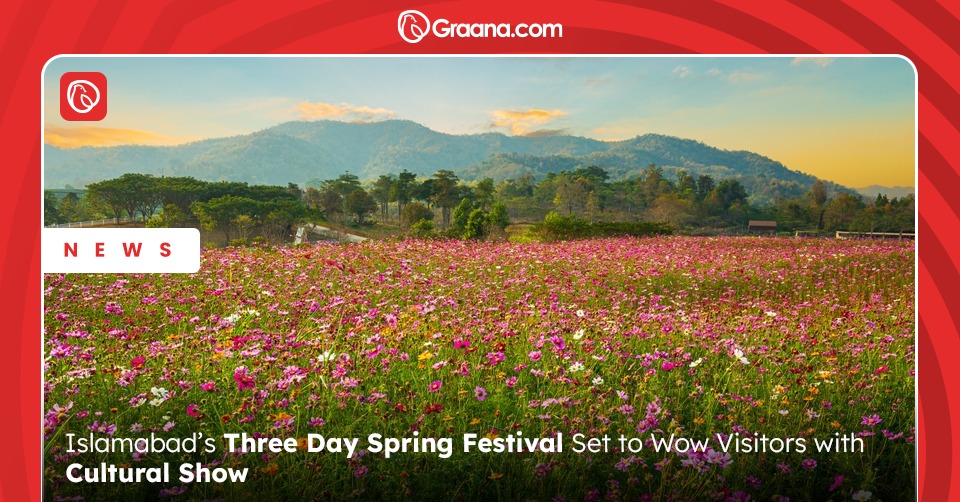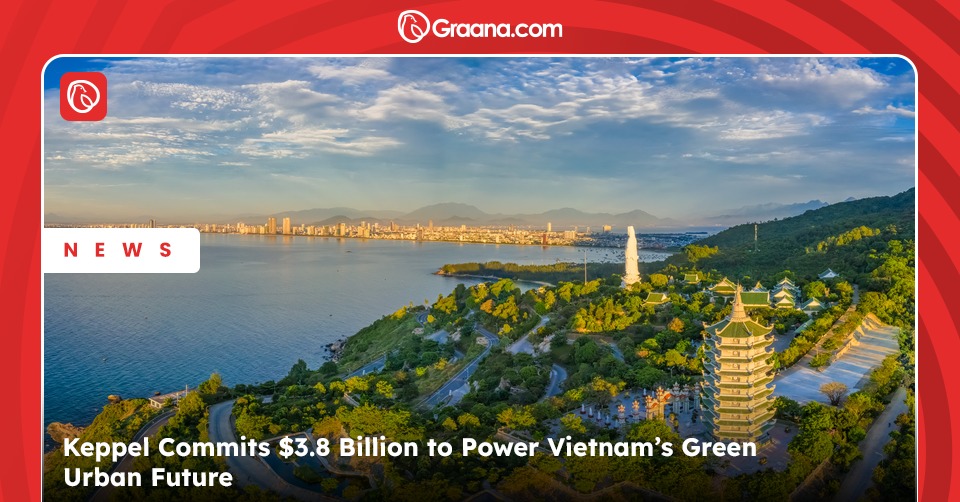While indoor plantation is trending at homes, eager gardeners find it difficult to mimic light temperatures that promote growth like of outdoor plantations. There are times when windows are all one needs to grow a plant, but, light falling indoors have their limitations. Let’s not forget plants are affected by the amount of light they receive, its intensity, colour and the duration. While natural light may be the best, there are days when outdoors could be too cold and short or scorching. Slants at which the sun hits a window can be undependable. Indoor plants may not receive light strong enough for growth. Replacing plants with indoor grow lights however can be the best way to encourage the health of our plants.

While I sit across my office table, writing about suitable lights for the growth of indoor plants, I have a bouquet of a few surrounding me; ferns, pink lilies, money plant and a cactus that are growing buds under fluorescent lights. Your work tables or pieces of furniture at home could also come to life if you have an understanding of the light and its kinds. Here is all you need to know.
Dimensions of Light
Before you buy grow lights, know that plant lights have three dimensions and are deeply affected by temperature. In order to grow indoor plants, it is essential that you understand all factors essential for growing vegetation under artificial light. You will take greater joy in your plants once you are able to provide them with a better care.
The first dimension of plant lights is photoperiod, also known as the length of the day. Majority of the plants stop growing once the days shorten to less than eight hours. While a day lasts for 13 hours or more, any day under 11 hours is considered short for plants.
The second dimension is of light intensity. Every plant has a different need and thus varies in their requirements for light intensity. Flowering plants and vegetative demand light intensities unlike one another.

The third dimension is light composition. Light composition comprises of its light spectrums. For achieving optimal plant growth it is essential that you know of colours that plants love the most. It varies from the red end to the blue end depending on the kind of plant.
Before shopping for plant grow lights, you will notice they are labelled with kelvins like 2700K or 4000K. This number refers to the relative warmth or coolness of the light on the colour spectrum. The more the kelvin, the bluer the light.

Fluorescent Lights
This light remains the trending choice for home growers. These lights produce lots of light, less heat and while remaining budget friendly. Available in a broad spectrum of colours, such lights are best suited for vegetative growth. Blue light is in the cards to promote plant growth while red light will encourage flowering. However, if you are growing leaf lettuce, spinach, herbs or any kind of succulents, you are bound to see new buds growing frequently. Foliage growth is best around higher spectrum bulbs with 6500K. Plant exposure to fluorescent lights can stretch to an entire day, the same as to for how long the sun comes up and goes down. These however, must be placed within a few inches of the foliage for light to have its effect. Fluorescent bulbs are often used when growing just a handful of plants.

High Density Discharge
HID; Plant Light Powerhouses are comparatively expensive but emit twice the light of incandescent or fluorescent bulbs. While every plant needs its own colour spectrum to grow, HIDs will give you freedom for wings to flap. If you’re in for vegetative plants, blue lights will work best. For those who like flowers blooming under their roofs, a warmer light with 3000k of light spectrums will show their magic. Red to orange hue of HPS lights are dynamos when it comes to budding and flowering. If you wish to cultivate large plants like tomatoes or lemon bushes, HIDs are good risk takers because the light infiltrates beyond into the foliage than with other bulbs.

LED (Light Emitting Diodes)
If there is one light that can stimulate the 5700k colour temperature that of the sunlight, it has to be LEDs. These lights emit no heat and require little power to function. They can produce the precise red and blue band ranges needed for both vegetative growth and flowering. LEDs are preferable for larger quantities since you can achieve higher light intensity per square foot.

Incandescent Bulbs
Incandescent bulbs are not costly and do just fine for indoor vegetation. They may not be an alternate for sunlight but they surely supplement natural light perfectly. Such bulbs produce a lot of heat and thus require a distance of at least two feet or more from the plant to prevent the plant form burning up. Lesser intensity. Lesser exposure time and your plant should be happy enough.

Meanwhile my fingers hover over the keyboard, I’ve been writing this blog and my eye goes to and fro from the screen at my cactus. It takes me back to days when I left it to die outdoors in the harsh winters. It turned red and dried up. Always remember, if plants need light, they also need love. That is what leaves them growing. A nice home. A perfect ambience and people to love and nourish them. Not to mention, that plant today is growing new leaves under soft fluorescent lights and I can hear it singing, ‘Lively Up Yourself.’ We share the same love for Bob Marley I think!
Natural light into homes is always a bonus and you can click to know why, but no worries! There is no more a season spell. If you wish to run a plant all year long, grow lights can be a great way to extend the plant season. Select the option that best fits your budget and plant’s growing needs. Station lights sensibly and, depending on the plants, leave them for no longer than 16 hours regularly to best mimic ideal sunlight environments.
For news and updates keep on visiting Graana blog




